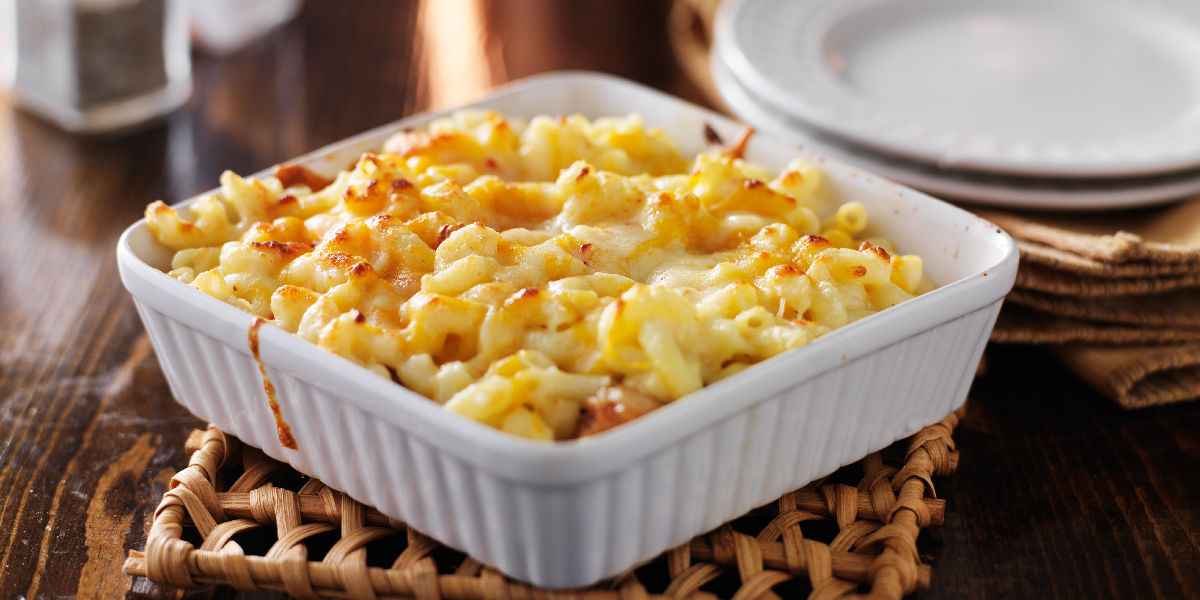I just experienced my first East Coast blizzard and it was so exciting. While my dog Toaster frolicked in fresh powder and my husband tried to become a living snowman, I was on a singular mission to warm the house with an 8-hour braised pork shoulder seasoned with chilies and Mexican spices.
Of all the things that trigger cravings for comfort food, cold weather is pretty universal. Being cold is deeply uncomfortable, and our natural instinct is to want to warm ourselves both inside and out.
While your instinct to maintain your core temperature may explain why you don’t yearn for salad and gazpacho in the dead of winter, it doesn’t condemn you to four months of pancakes and mac n’ cheese. If you understand what your brain is ultimately after, you can tend to your deepest needs without diving head first into the cookie jar.
In times of physical and emotional stress, your brain yearns for comfort and safety. Foods, particularly those that stimulate the dopamine/reward pathways in your brain (sugar, fat, salt), can feel like the perfect antidote in these conditions. And indeed, they can provide some temporary relief.
Trending: Navy SEAL Secrets for High Performance Under Pressure
Research has shown that personally defined “comfort foods” do improve mood after a stressful event, but there’s a catch. Comfort foods improve your mood, but they don’t do a better job than any other type of food. That is, all foods are equally good at making you feel better, whether you think they’re special or not.
The idea that some foods are uniquely comforting is a cognitive illusion, likely driven by dopamine and the difficulty your brain has making rational decisions when under stress. This means that if you can anticipate the desire for comfort foods (hint: winter lasts until March 19), you can prepare for it by having a more nutritious alternative that is just as satisfying.
Don’t worry, I’m not saying it isn’t OK to indulge your cravings every once in awhile. Eat what you love, and don’t let anyone tell you you can’t. What I’m trying to help you do is avoid making unconscious choices that ultimately leave you feeling worse rather than better.
I want you to notice that what you think you want and what you actually want can be very different, and your brain has clever ways of tricking you into believing otherwise.
Choosing satisfying foods that are both warm and nutritious is one strategy to break the spell of comfort foods. Another is to realize that food is only one form of comfort.
Trending: How to Make Menopause the Best Time of Your Life
Warmth itself can be an excellent source of comfort, and I’ve especially found herbal teas to be a fantastic way to take the edge off when it seems like nothing will warm my bones.
You’re the expert on what comforts you best, but don’t be confined by your initial impulse. Maybe you’re soothed by hot baths or paperback books or talking to your mom.
Just remember that caring for yourself includes both tending to your needs now and setting yourself up to feel well in the future. That may involve food, and it may not.
Trending: Microsoft, Google, and Beyond: What Business at the Cutting-Edge of AI Looks Like
A version of this article originally appeared on Darya Rose’s blog, SummerTomato.































